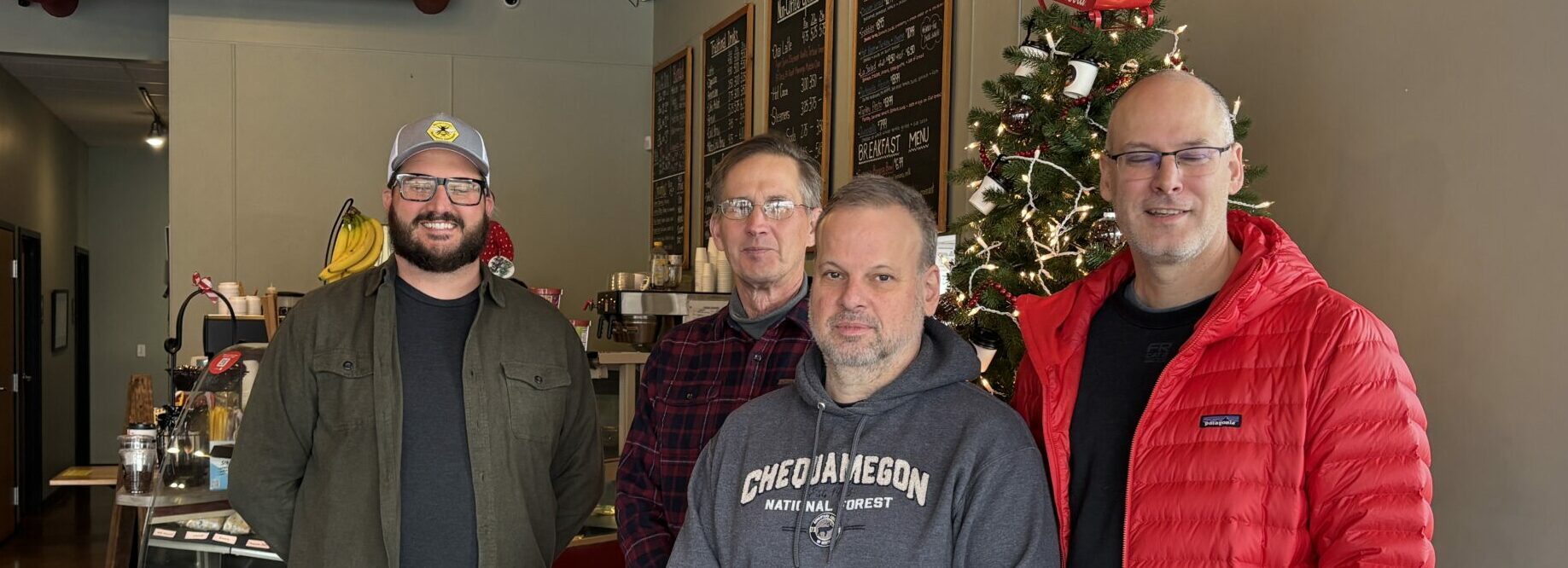Here is what to expect in and around the hive in July.
In the hive
The major swarm season winds down in mid-July, even though the population is still high. Left untreated, the Varroa mite population continues to build. The summer heat requires the bees to ventilate and perhaps beard outside the hive on the hottest evenings.
Inspection
- Colony inspections should take place at least once a month and include evaluating the brood pattern, confirming the presence of the queen and/or eggs, evaluating colony growth and available room, monitoring for pests and diseases, and other metrics.
- If you cannot inspect every one of your colonies, inspect those that are not showing as much activity on the outside.
Nutrition
- If there is a dearth of forage and if you have taken off spring honey, monitor honey stores.
- If the weather is dry and there is no good water source near to the hive, consider providing one. They may need it to cool the hive.
Pests, parasites, and diseases
- Monitor Varroa mite levels. At this point in the year, if you find two or more mites (per 100 bees) from a sugar shake, ether roll, or alcohol wash, you will want to treat. Treatment methods will depend on your management goals the condition of the colony, and external conditions.
- Drone comb can continue to be used as a cultural method at this time of year, but fewer drones are produced. This may be a good time to break the brood cycle (and therefore the Varroa reproduction cycle) by caging the queen.
Population management
- Swarm control: see the guidelines for May.
- If you want to split colonies this season, this month may be your last chance, unless there are unusually favorable conditions in August.
Equipment
- Consider adding a queen excluder to manage the honey supers more easily.
Hive products and services
- The nectar flow may require you to put more supers on the hive. If you are producing varietal (mono-floral) honey, remove the capped honey once the nectar flow is over.
- Depending on how you choose to treat, you may need to remove the supers to avoid chemical residue in the honey.
- As propolis collection increases, you may consider harvesting it.
- You may be able to trap pollen.
Yard maintenance
- Mow the yard as necessary.

